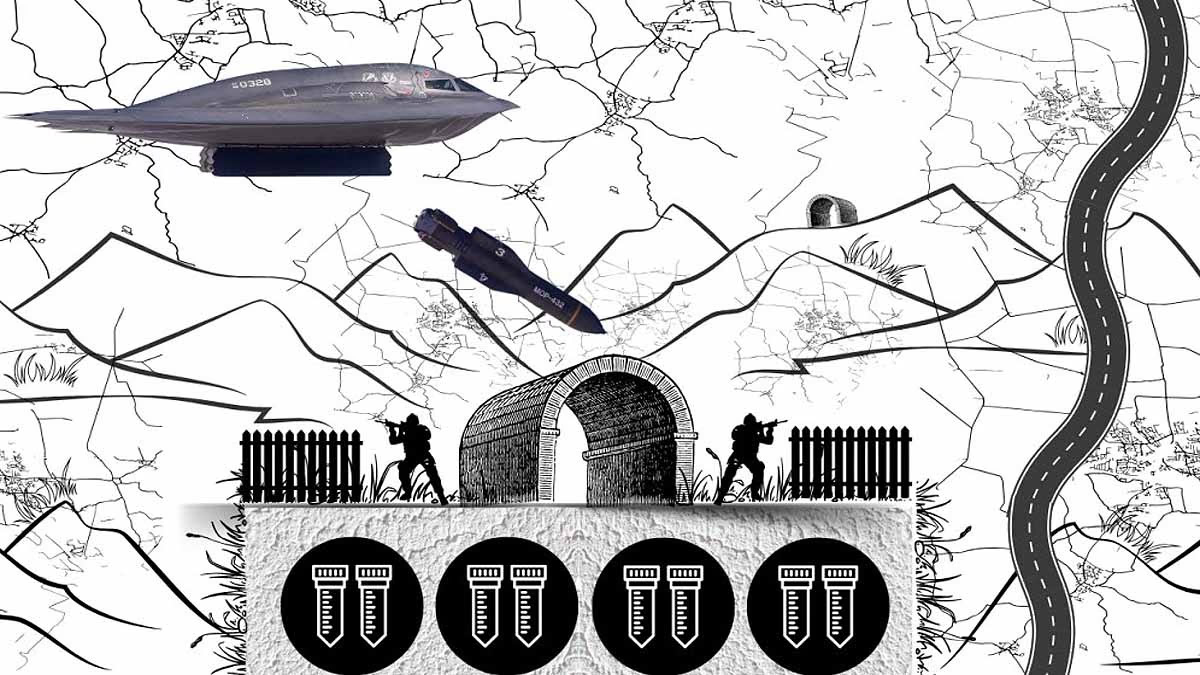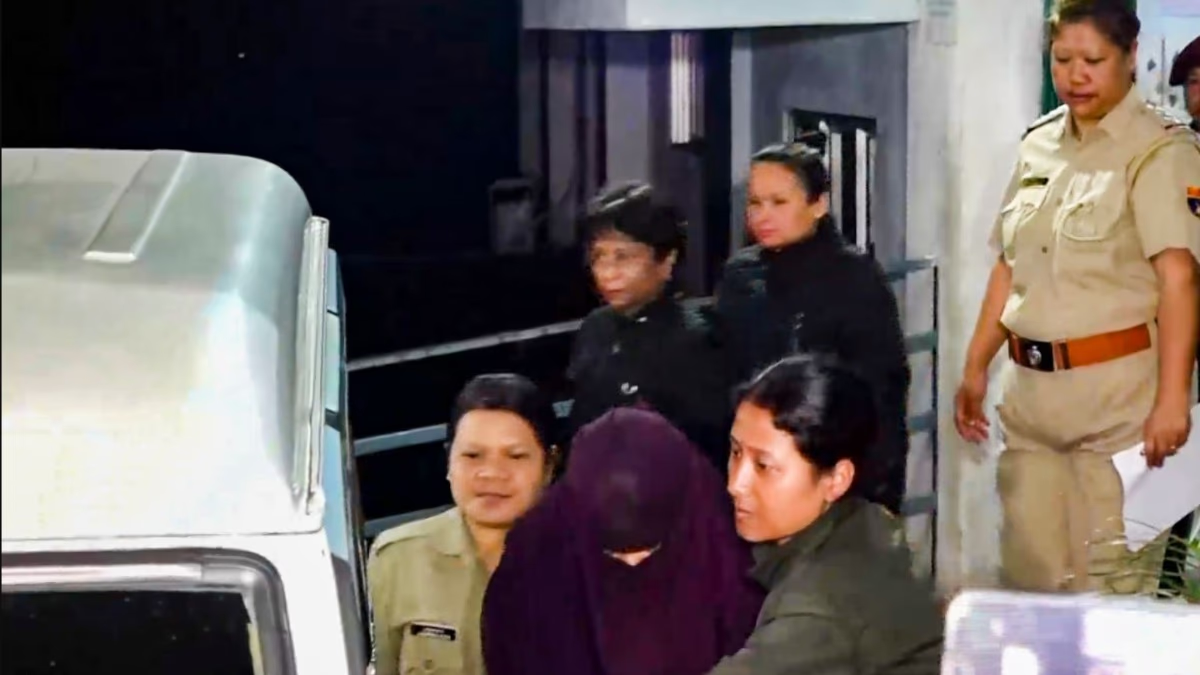Israel is on a mission to prevent Iran from developing nuclear weapons. But can Israel do it alone? The support of its ally, the United States, is crucial for Israel's success in this mission.
To obstruct Iran's nuclear pursuits, Israel must destroy an underground facility named Fordow, located near Tehran. This facility is buried 90 meters beneath the mountains, making it nearly impregnable by Israel's current arsenal.
Also of interest: Iran's strategy against Israel's Iron Dome with missile volleys and hypersonic attacks
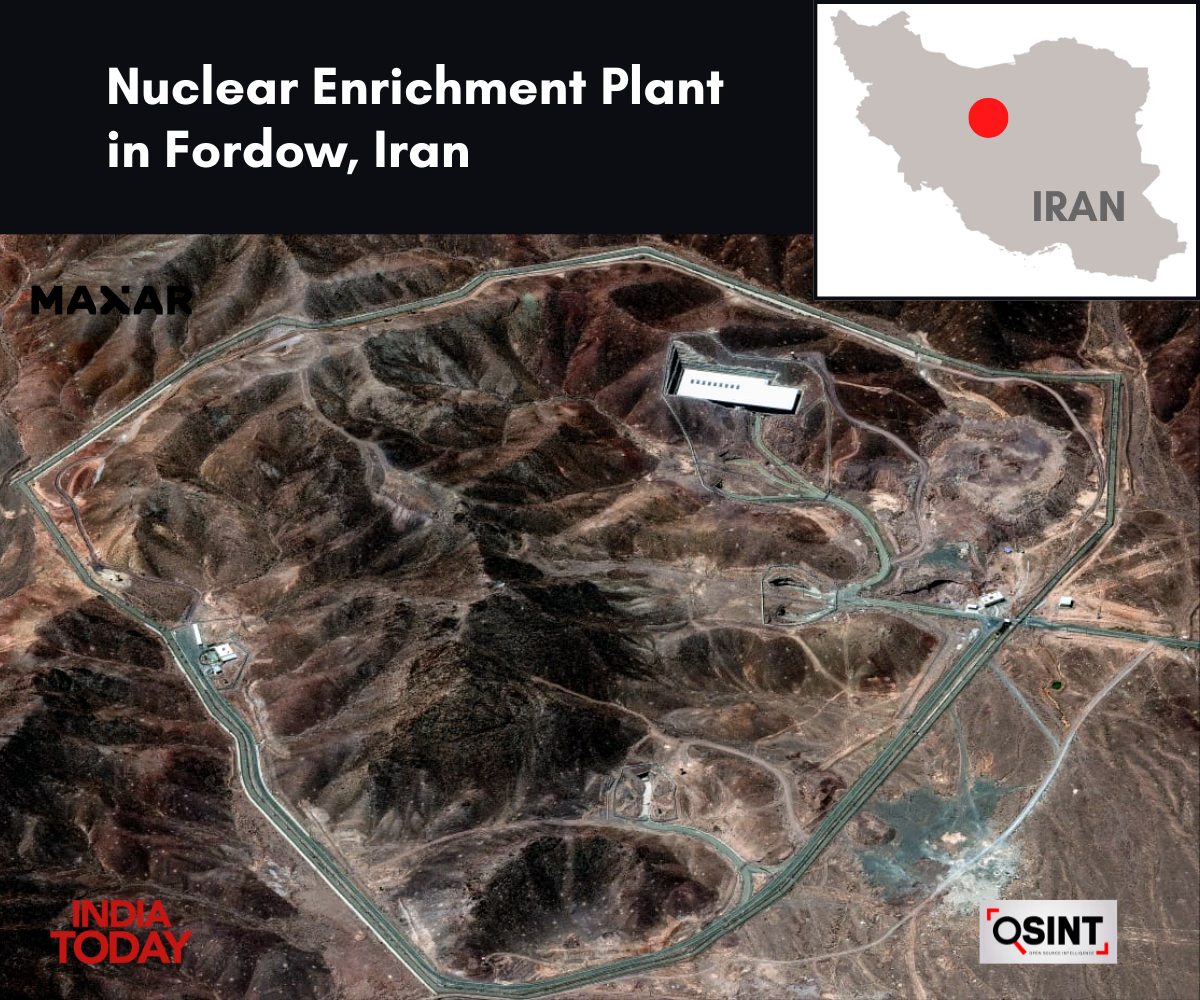
Source: aajtak
According to the International Atomic Energy Agency (IAEA), Iran has enriched uranium to 83.7% at Fordow, dangerously close to the 90% threshold for weapons-grade material.
Israel attempted to breach the facility with its 230-kilogram MPR 500 bombs, which can penetrate up to 1 meter of concrete. However, experts assert that only the US's GBU-57A/B “bunker buster” bombs can effectively take out this site.
Explore further: Five Israeli weapons that Iran struggles to counter, dominating attacks over Tehran and other Iranian cities
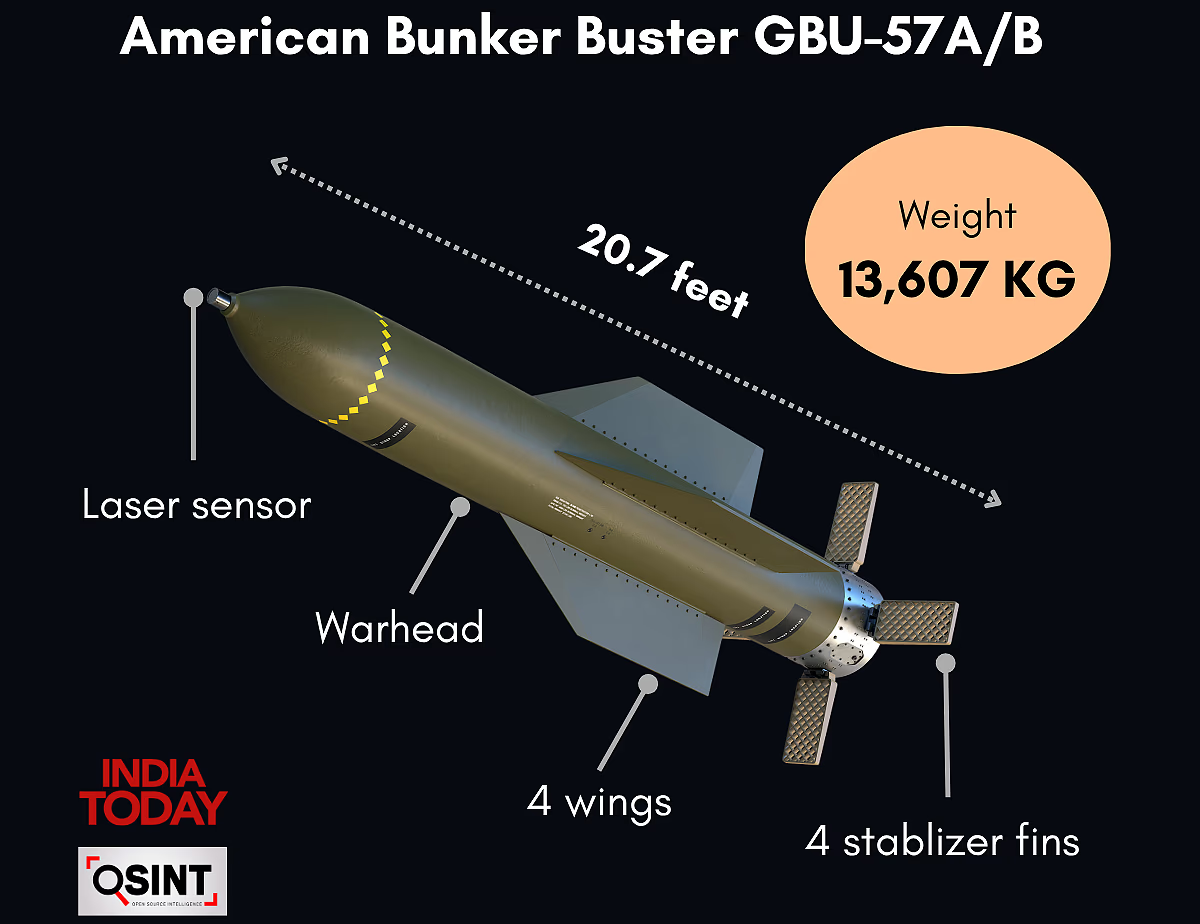
Source: aajtak
These bombs are so massive that they can only be launched from America's B-2 Stealth Bombers, which are not part of Israel's defense arsenal. This compels Israel to seek the assistance of the US Air Force.
According to the CAT-UXO database, the GBU-57A/B bomb has the capability to penetrate 60 meters of concrete. However, since the Fordow facility rests deeper, a coordinated drop of multiple bombs is necessary for its complete destruction.
In focus: Can Pakistan contemplate a nuclear strike against Israel? Unpacking Pakistan's defensive stance and regional strategies
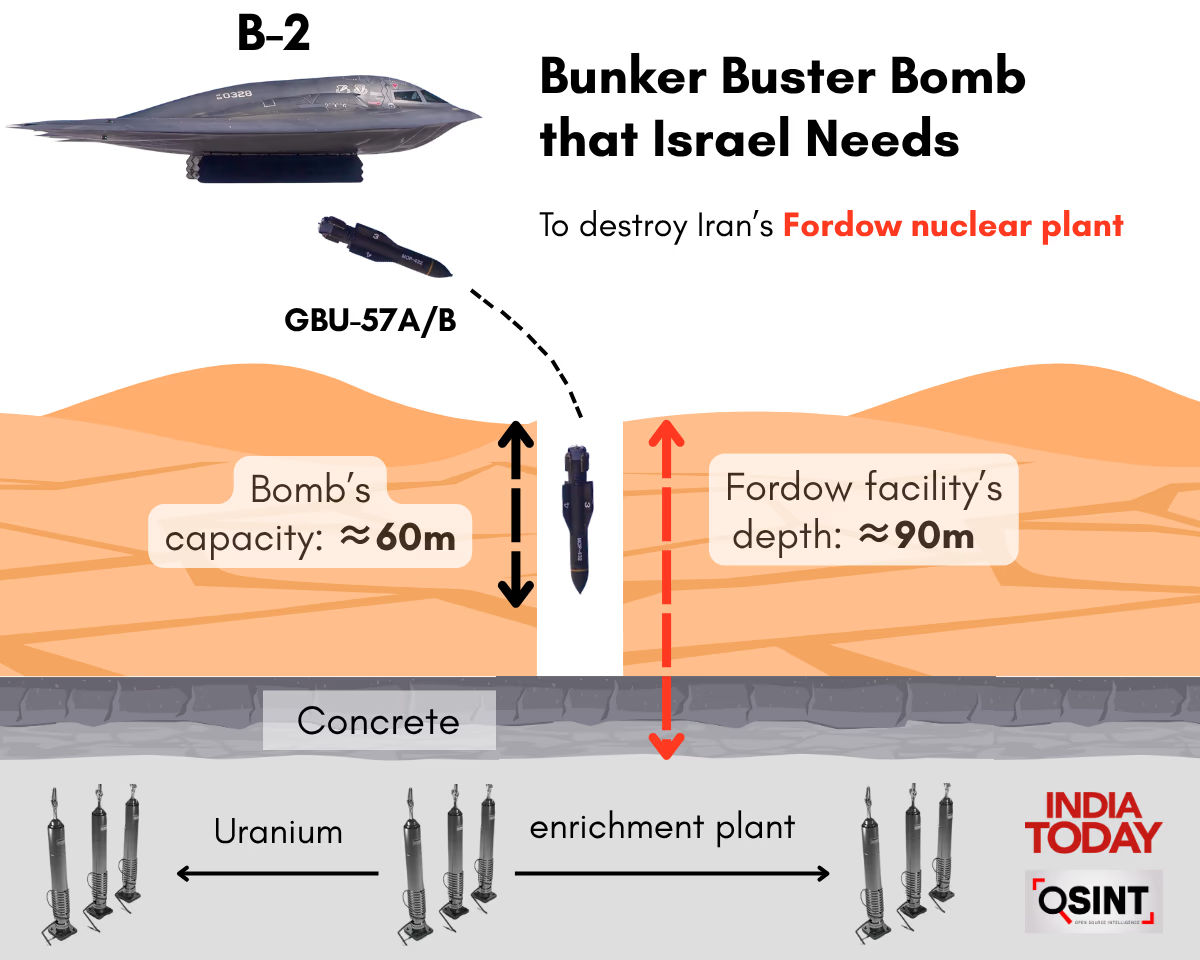
Source: aajtak
As the facility's depth surpasses the bomb's penetration capability, synchronizing multiple bombings is critical for demolition. Bunker busters are specialized munitions, designed to explode deeply within stone and concrete layers, utterly decimating toughened structures.
